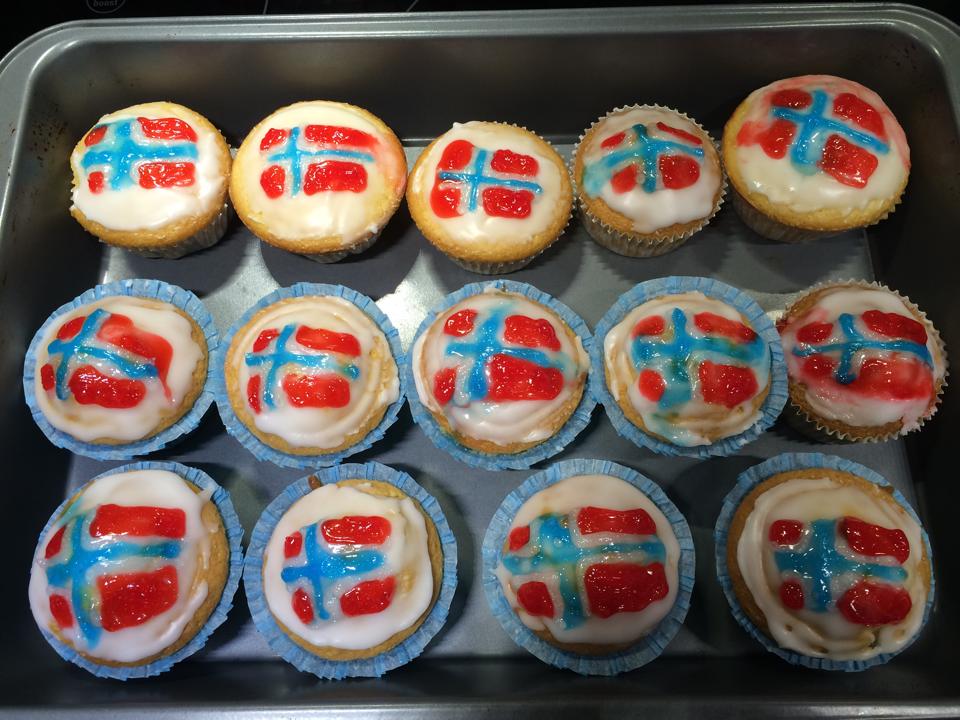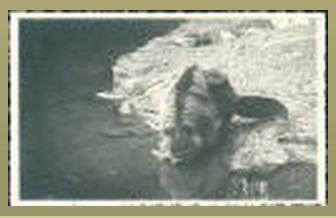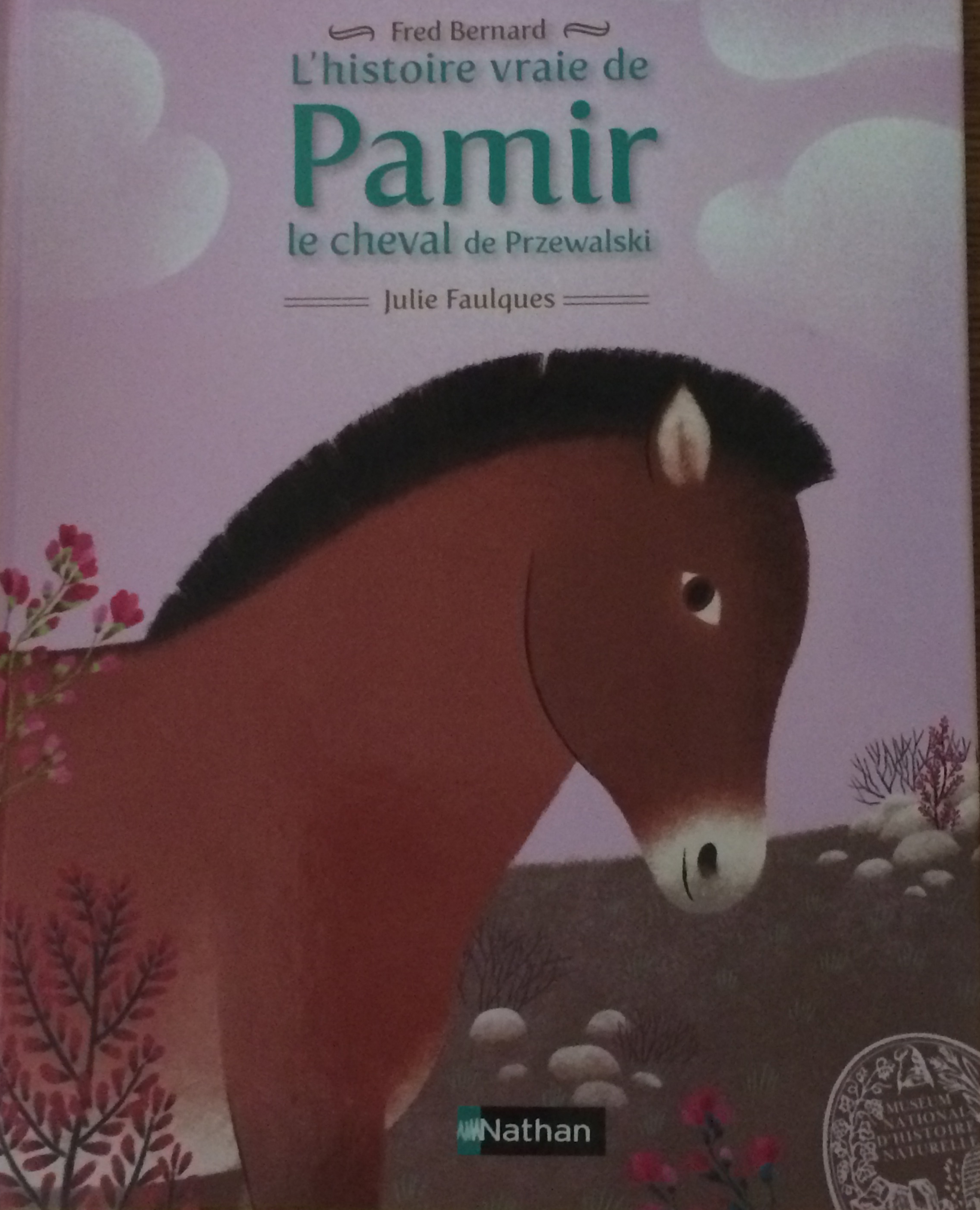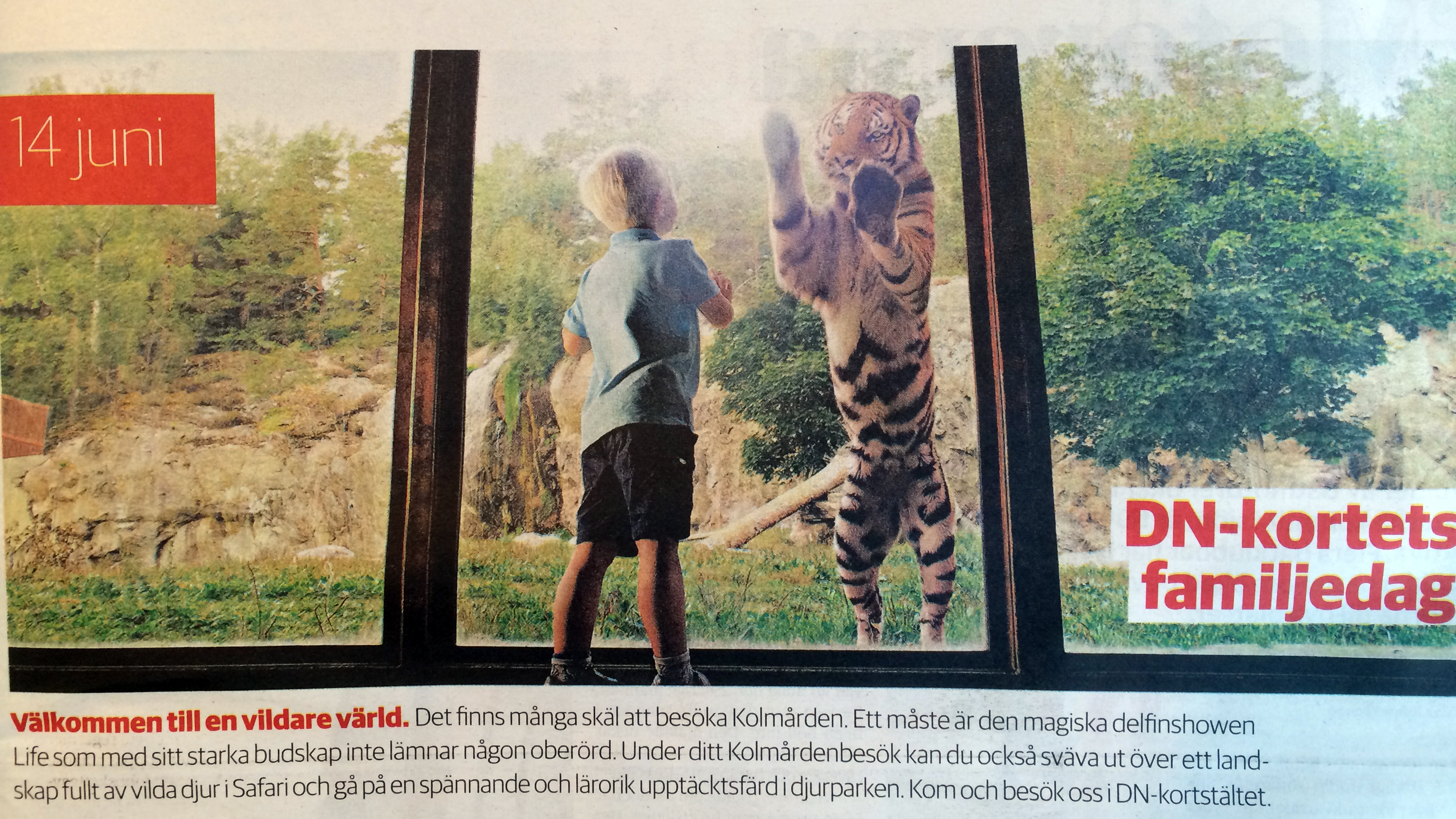
A wilder world
Earlier this week, I saw this advertisement in the Swedish newspaper Dagens Nyheter:
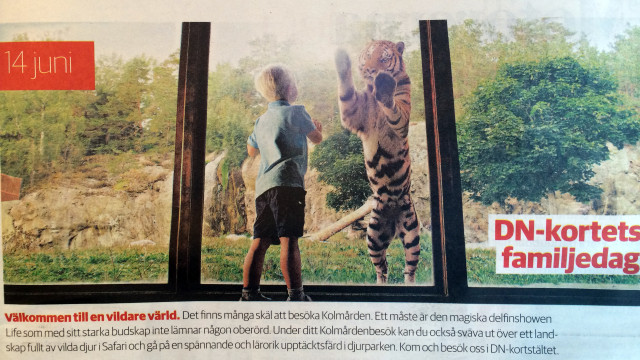
The advertisement is for a special discounted family day at the Kolmården zoo for subscribers of the newspaper, which is known as DN for short. The text below the picture reads:
Welcome to a wilder world. There are many reasons to visit Kolmården. One definitely is the magical dolphin show Life which, with its strong messages, leaves no one unmoved. During your visit at Kolmården, you can also hover over a landscape full of wild animals in Safari and go on an exciting and educational journey of discovery in the zoo. Come and visit us in the DN-card booth.
I stared at the ad dumbstruck. Welcome to a wilder world?! What was Kolmården zoo selling? Here was a boy meeting a tiger in anything but a wild world. If it was a wild world, there would be no glass between that tiger and the boy, and that boy probably wouldn’t be standing for long. Instead it is a highly managed and mediated world. They boy is safe behind the glass because of that mediation. The messages of the dolphin show Life may be encouraging us to live more environmentally-friendly on this planet, but that doesn’t make the dolphins wild. The animals living in the Safari section may appear in the open and free as the visitor passes overhead in a gondola, but they are still in enclosed habitats. They are certainly not in the wild.
I love visiting zoos. I’ve posted about visits to zoos in Riga and Lycksele previously on this blog, and they are a regular stop on family holidays. But I make no pretences about what we see at zoos–we don’t see wild animals. Very few animals in modern zoos were ever in the wild. This is in stark contrast to zoos in the late 19th century and early 20th century that mostly stocked their cages with wild-caught animals. Almost all zoo animals have been born in captivity and will die in captivity. As the Marius episode revealed, their lives and deaths are managed by people. In spite of the unwildness of captive animals, zoos still impart messages about wild animals and our relationship to them. This is why I believe they are important sites of conservation and environmentalism.
So I think Kolmården is selling the wrong thing in this ad campaign. The child’s encounter with the tiger behind the glass, or the dolphin in the show, or the lions down below is not a wild encounter. It is an encounter of captivity. In that encounter, I hope the child sees how amazing each animal is, how sad it would be if this one behind the glass was the only one left, and how the wild world needs all of us to act differently. The zoo itself is not a wilder world, but it can empower us to envision one.
